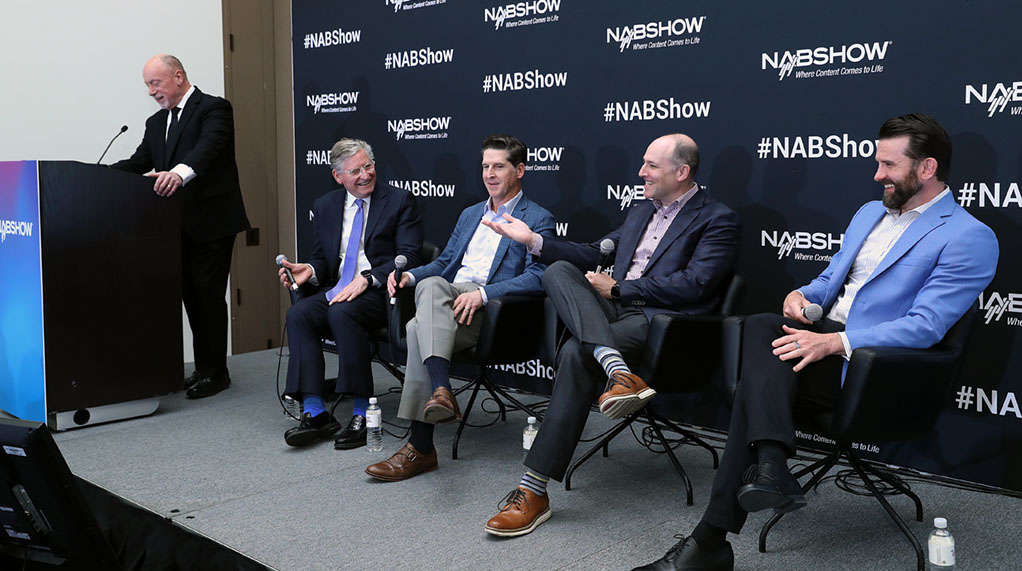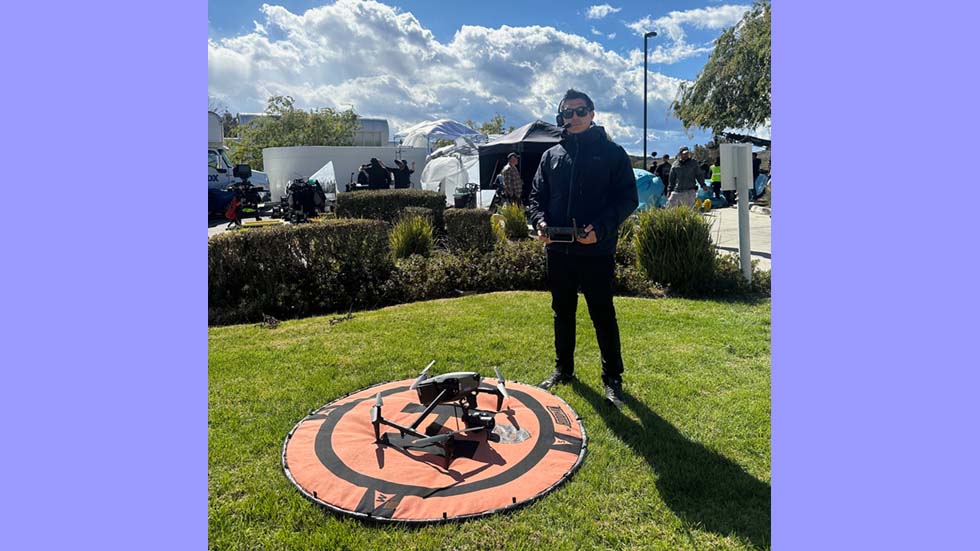EdgeBeam Seeks to Give TV a National Footprint
Ownership rule changes, 1.0 shutoff date crucial to successful rollout

Four of the nation’s most prominent broadcast groups detailed plans to launch EdgeBeam, a joint venture to provide expansive, reliable and secure data delivery services via ATSC 3.0, aka NextGen TV.
The heads of Gray Media, Nexstar Media Group, E.W. Scripps and Sinclair discussed the nationwide network in a session moderated by Phil Kurz of TV Tech.
They touted the business opportunities that could arise by using ATSC 3.0 spectrum to transmit data, comparing the inadequacy of wireless IP with the one-to-many advantages of broadcast.
“The internet is architected for one-to-one streaming of video on high demand, [but] it’s not scaling the way that we hoped it would,” Nexstar’s Michael Biard said. He cited Netflix’s glitchy broadcast of the Jake Paul-Mike Tyson fight. “Doesn’t happen in a broadcast context where you’ve got one stream going to everybody.”
EdgeBeam will be able to deliver data nationwide to any device with an ATSC 3.0 receiver, such as cars and trucks, drones, marine vessels, phones, tablets or TV sets.
ATSC 3.0 is available to about 76% of the country. To get a nationwide footprint, the executives are hoping for deregulation of ownership rules to help groups better compete with Big Tech and wireless.
“[T]hey’re all allowed to have national footprints, but … this industry is not. National footprints are more efficient,” Sinclair’s Chris Ripley said. “The antiquated rules that the industry lives under stymie innovation. We formed EdgeBeam to solve one of those issues because, together, we do have a na-tionwide footprint.”
Get the TV Tech Newsletter
The professional video industry's #1 source for news, trends and product and tech information. Sign up below.
Equally important in the advancement of datacasting via 3.0 is the proposed shutoff of ATSC 1.0. The NAB has petitioned the FCC to approve a February 2028 sunset in the top 55 markets.
A shutoff will allow broadcasters to use more of their spectrum, Ripley said. “When you sunset 1.0 in 2028, you go from 9 Mbps in excess spectrum to probably something close to 100, a significant increase in spectrum available for datacasting.”
Biard added that a shutoff in 2028 “is critical to igniting the ecosystem and messaging to folks who haven’t thought about building for 3.0 yet. Once they know that that’s coming, it’s no longer a sideshow; it is the standard through which all of our broadcast stations will operate.”
Adam Symson of Scripps said, “Datacasting represents one of the most important ways for broadcasters to create additional revenue to also help sup-port the role we play in local markets with the news, sports and critical services that we provide in the communities across this country.”
Pat LaPlatney of Gray Media said that by the proposed full shutoff of 1.0 in 2030, more than 90% of the country could be within reach of 3.0.
Copyright NAB 2025.
Tom has covered the broadcast technology market for the past 25 years, including three years handling member communications for the National Association of Broadcasters followed by a year as editor of Video Technology News and DTV Business executive newsletters for Phillips Publishing. In 1999 he launched digitalbroadcasting.com for internet B2B portal Verticalnet. He is also a charter member of the CTA's Academy of Digital TV Pioneers. Since 2001, he has been editor-in-chief of TV Tech (www.tvtech.com), the leading source of news and information on broadcast and related media technology and is a frequent contributor and moderator to the brand’s Tech Leadership events.

